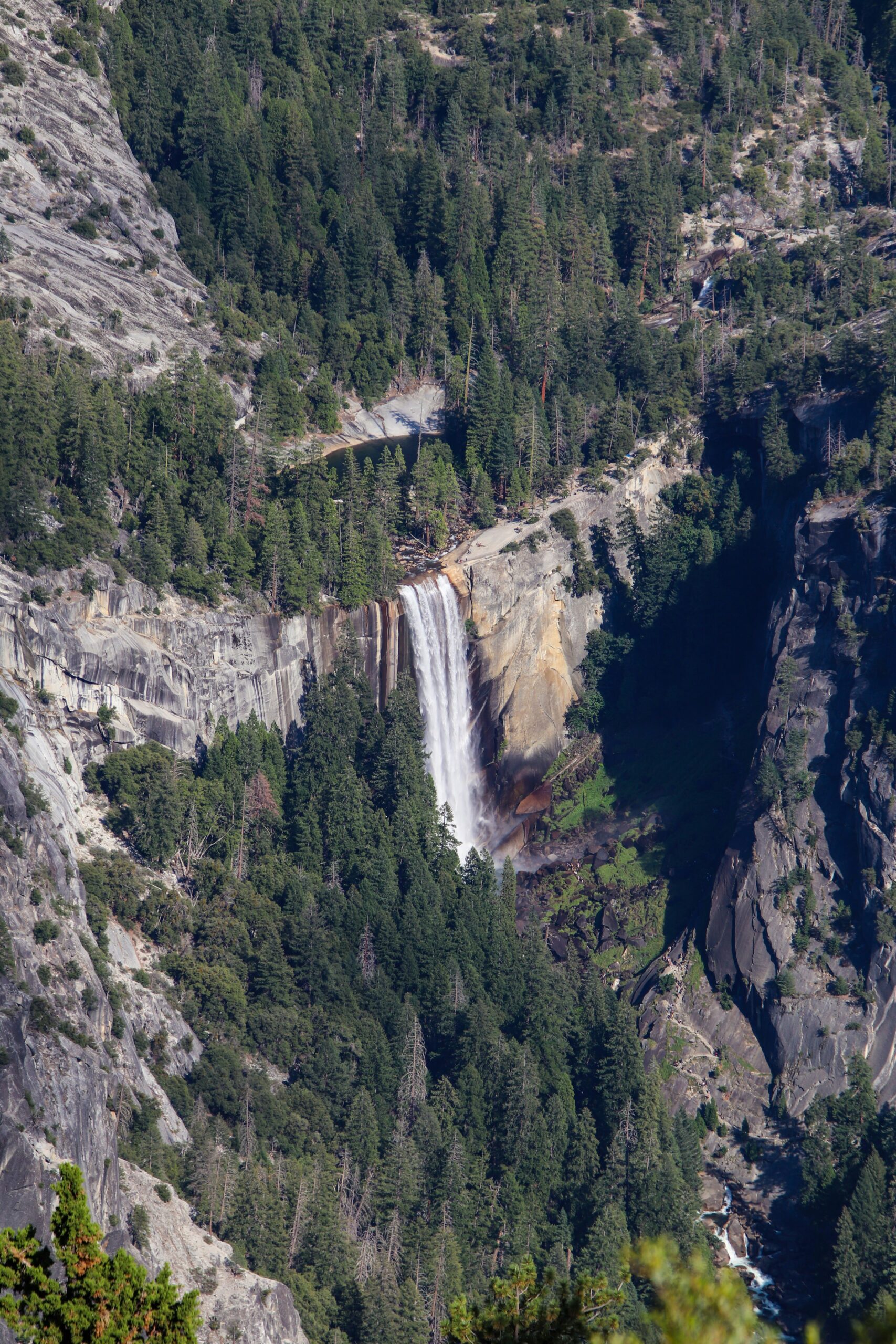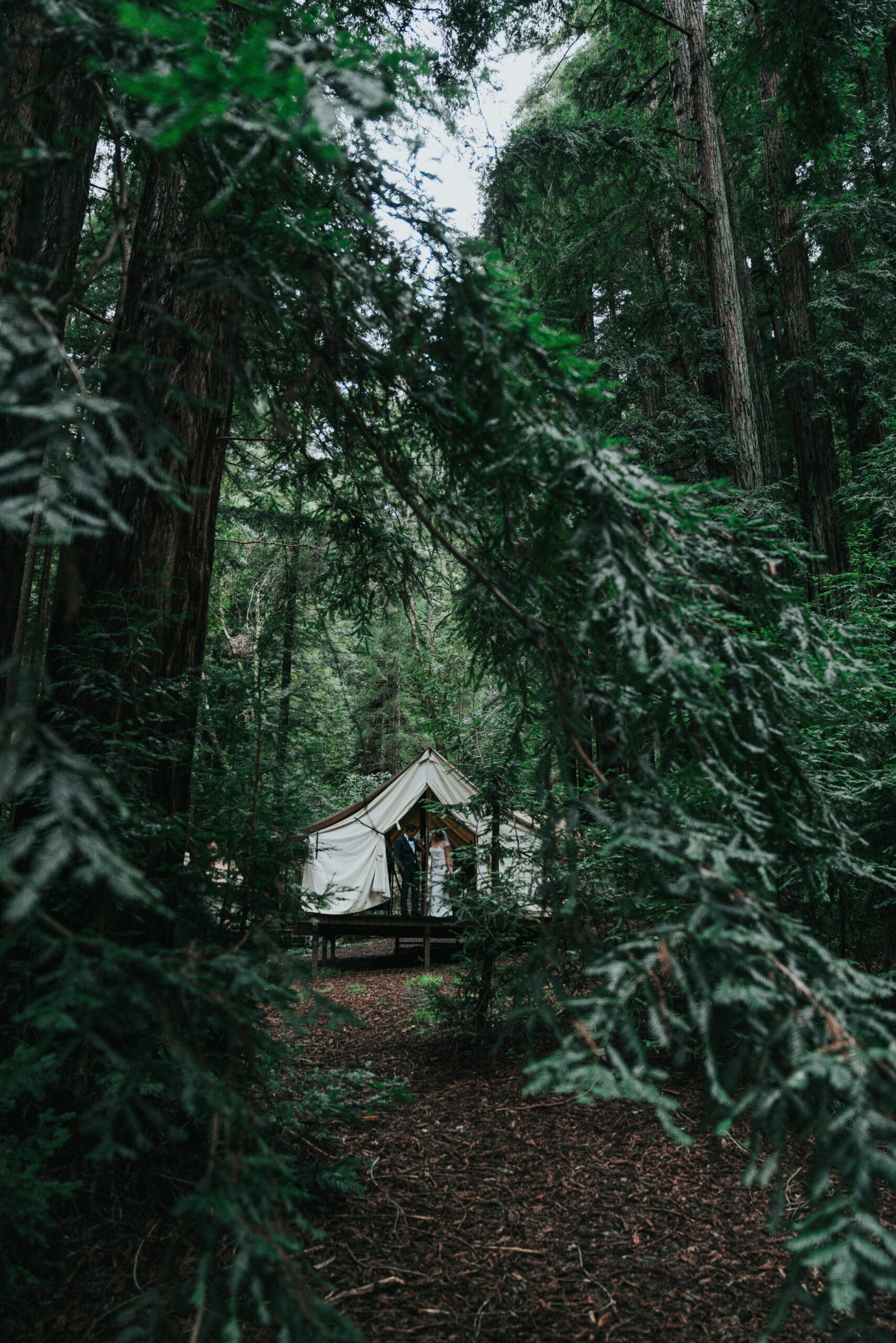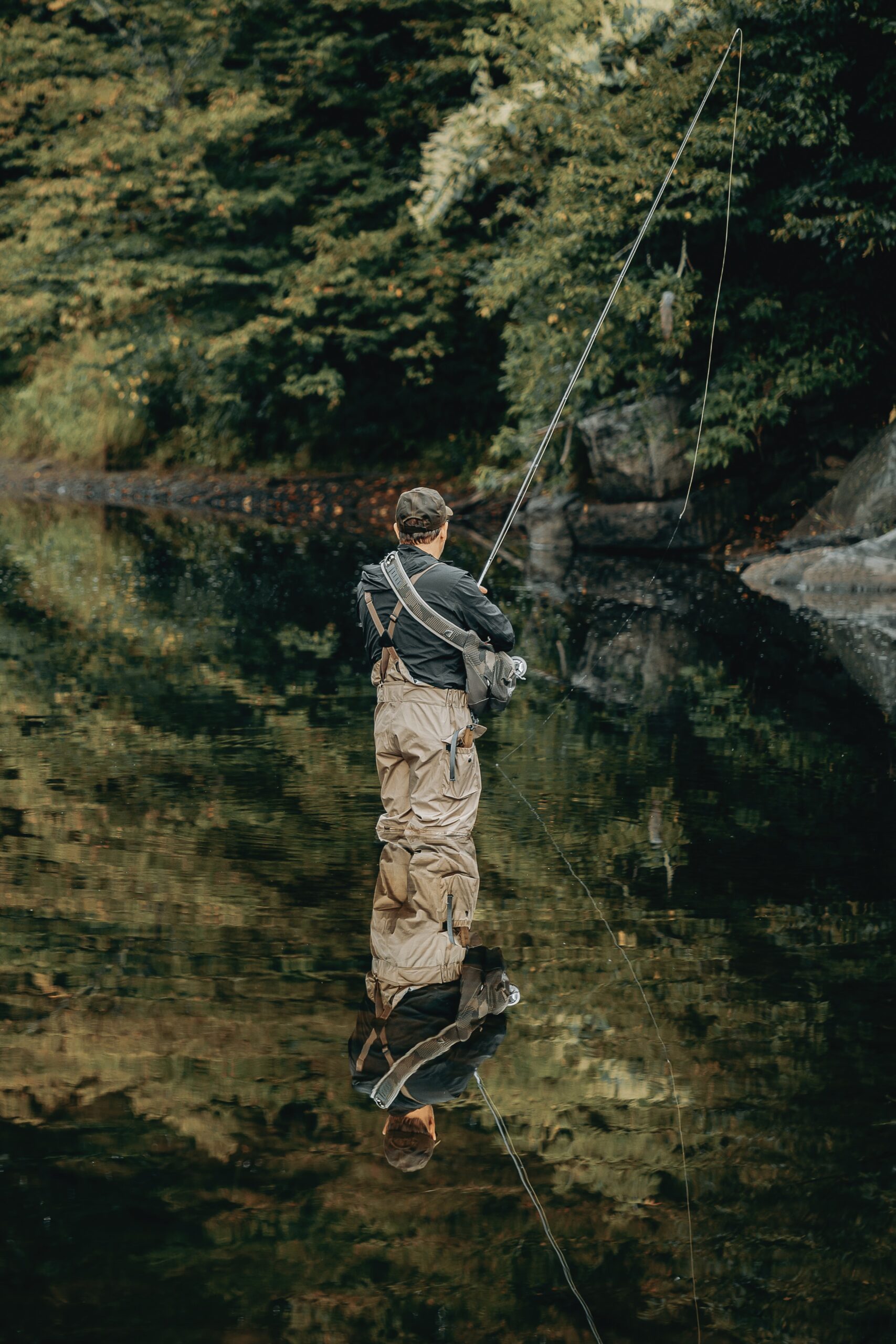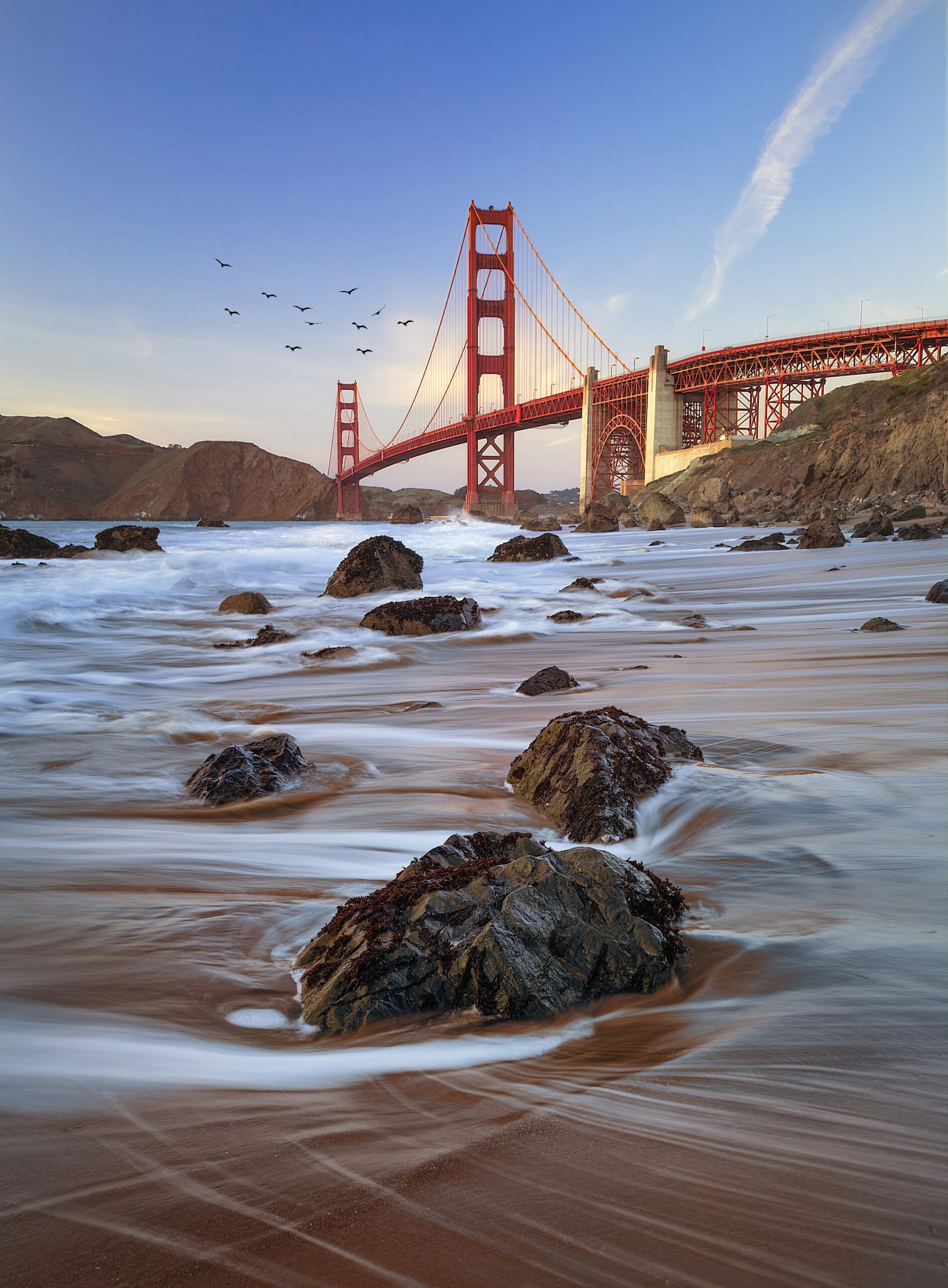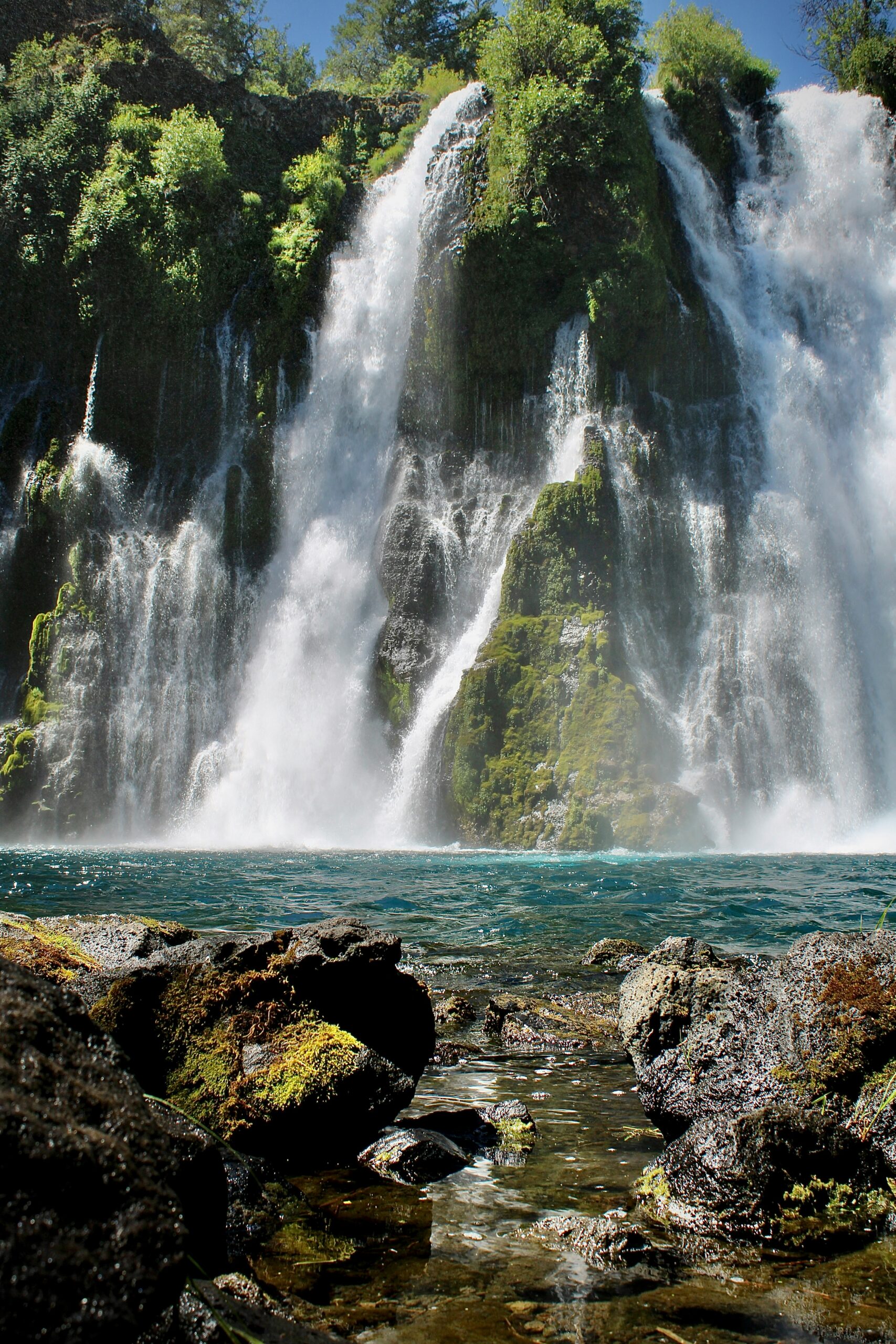Visit the Gulf of California: A Complete Guide to Mexico’s Sea of Cortez
The Gulf of California, also known as the Sea of Cortez, stands as one of Mexico's most captivating natural wonders. This stunning body of water stretches along the Baja California Peninsula, creating a paradise for nature enthusiasts and adventure seekers alike. Visitors can experience world-class snorkeling, diving, and kayaking while exploring rich marine biodiversity including sea turtles, dolphins, and vibrant coral reefs.
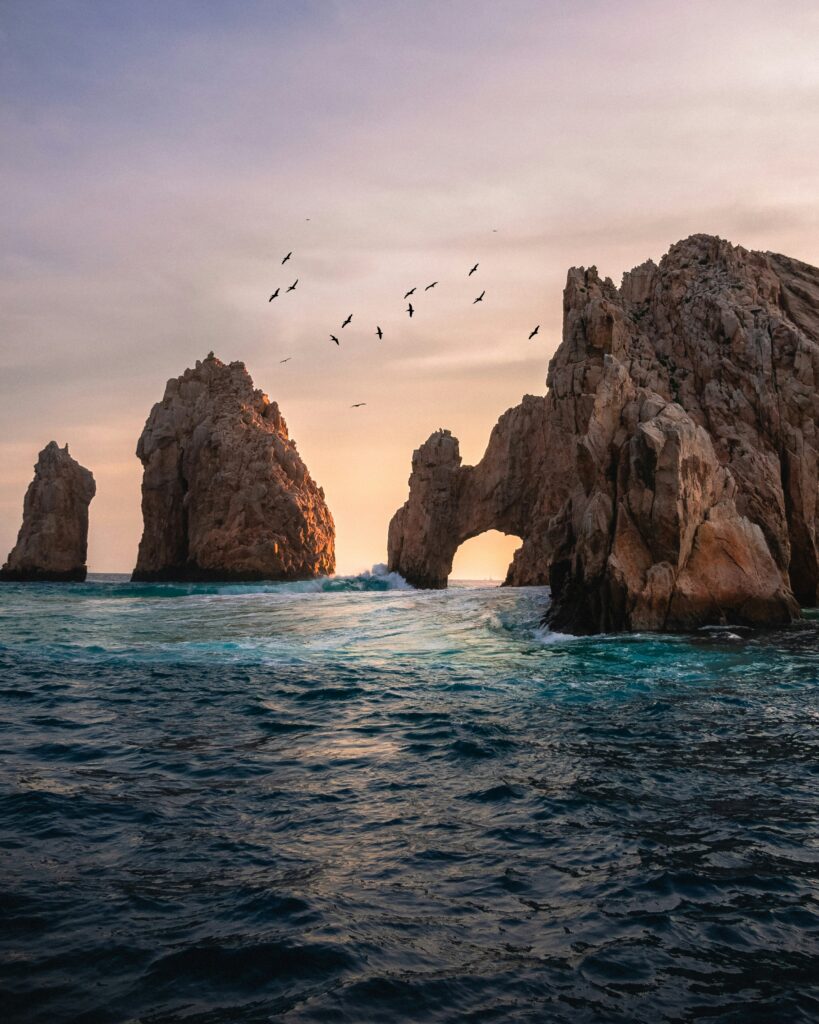
From the pristine beaches of Cabo Pulmo National Park to the dramatic rock formations at Land's End, the Gulf offers diverse landscapes that capture the imagination. The area combines natural beauty with comfortable amenities, making it accessible for travelers of all experience levels.
The region's charm extends beyond its waters to the charming coastal towns that dot its shores, each offering unique cultural experiences and local cuisine. The mild climate and clear waters make it an ideal destination year-round, with peak visibility for underwater activities during the spring and fall months.
Visit the Gulf of California: A Complete Guide to Mexico's Sea of Cortez
Geography of the Gulf of California
The Gulf of California spans 160,000 square kilometers along Mexico's Pacific coast, featuring deep waters and a complex coastline that stretches approximately 4,000 kilometers.
Location and Coordinates
The Gulf of California separates the Baja California Peninsula from mainland Mexico, creating a distinctive water boundary between these land masses.
The gulf borders four Mexican states: Baja California and Baja California Sur on its western edge, with Sonora and Sinaloa along its eastern mainland coast.
The waterway extends roughly 1,126 kilometers in length, with its width varying dramatically from 48 to 241 kilometers at different points.
Physical Features and Topography
The gulf's waters reach significant depths, creating a diverse underwater landscape that supports rich marine ecosystems.
Mountains frame both sides of the gulf, with the Baja California Peninsula's rugged terrain to the west and the Sierra Madre Occidental range visible from the eastern mainland shore.
The coastline features numerous bays, inlets, and rocky outcrops, while several islands dot the waters throughout the gulf's expanse.
The unique geological formation creates strong tidal movements and currents, contributing to the gulf's distinctive marine environment and nutrient-rich waters.
Biodiversity in the Gulf of California
The Gulf of California stands as one of Earth's most biologically diverse marine environments, hosting thousands of unique species across its waters and coastlines. The rich ecosystem supports an extraordinary variety of life forms, from microscopic organisms to massive marine mammals.
Marine Species
The Gulf of California's marine ecosystem teems with approximately 900 fish species in its crystal-clear waters. The region serves as a vital habitat for numerous marine mammals and sea creatures.
Blue whales, fin whales, and sperm whales regularly visit these waters during their migrations. These magnificent creatures contribute to the area's status as a premier whale-watching destination.
The waters support diverse populations of sea lions, dolphins, and sea turtles. Many species of rays and sharks also call these waters home.
Endemic Species
The Gulf of California features an impressive number of species found nowhere else on Earth. Nearly 10% of the fish species in these waters are endemic to the region.
The vaquita porpoise, the world's most endangered marine mammal, lives exclusively in these waters. Various unique coral species and invertebrates thrive in the Gulf's protected bays and reefs.
Conservation Efforts
Marine Protected Areas (MPAs) have been established throughout the Gulf to safeguard its unique marine life. These protected zones help maintain fish populations and preserve critical habitats.
Conservation programs focus on protecting endangered species and their breeding grounds. Local communities participate in sustainable fishing practices to maintain healthy fish populations.
International organizations work with Mexican authorities to monitor and protect the Gulf's biodiversity. These collaborative efforts help ensure the long-term survival of the region's unique marine ecosystem.
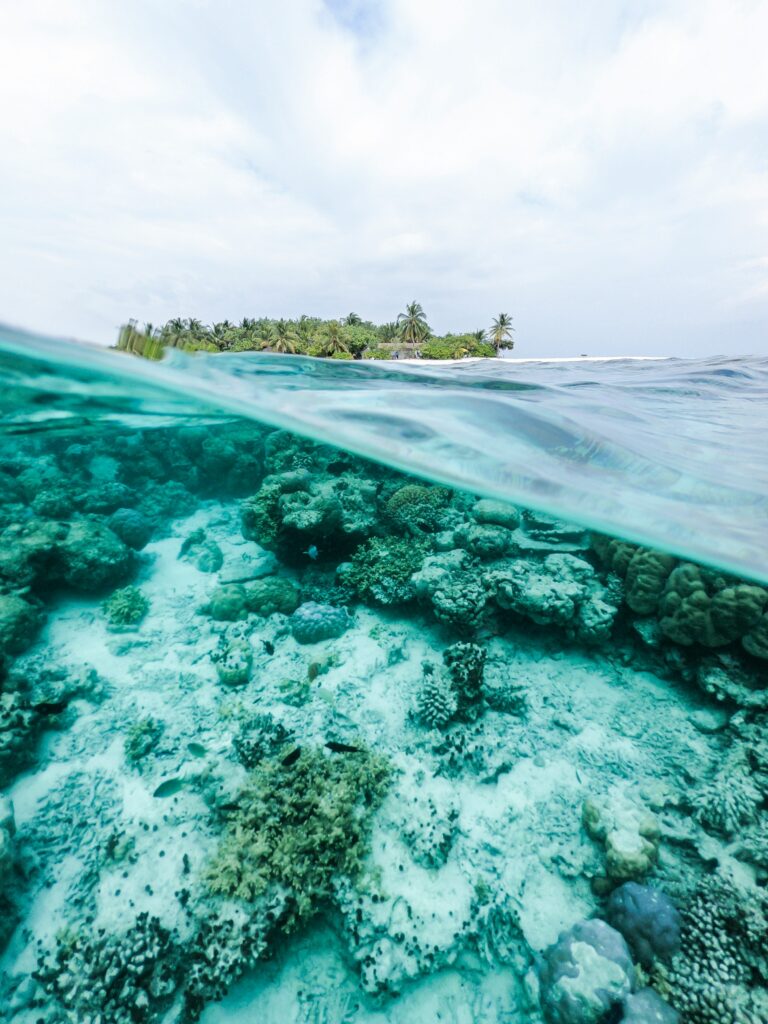
Climate and Weather Patterns
The Gulf of California experiences a warm tropical-subtropical climate with distinct seasonal variations. The region sees intense summer heat and mild winters.
Sea surface temperatures in the Gulf fluctuate throughout the year, with warmest waters occurring during late summer and early fall. Winter temperatures remain moderate, rarely dropping below 16°C (61°F).
A robust land-sea breeze circulation system characterizes the coastal zones. This pattern results from differential heating between the land masses and water bodies on both sides of the Gulf.
Summer brings the monsoon season, typically from July through September. During this period, the region receives most of its annual rainfall and experiences increased humidity.
Spring tends to be the driest season, with clear skies and steadily warming temperatures. Wind patterns shift seasonally, with stronger northerly winds in winter and gentler southerly breezes in summer.
Long-term climate data shows a warming trend in the Gulf region since the mid-20th century. This warming occurred approximately ten years before similar changes were observed in the California Current system.
The best time to visit depends on desired activities:
- November to May: Ideal for outdoor activities
- July to September: Best for experiencing marine life
- December to March: Prime whale watching season
Tourist Attractions in the Gulf
The Gulf of California features dramatic natural formations and rich cultural heritage sites spread across its coastline, drawing visitors seeking both outdoor adventures and historical experiences.
Natural Landmarks
The Arch of Cabo San Lucas stands as the region's most iconic natural formation, where granite cliffs meet the sea in a distinctive arch shape. This natural stone monument creates perfect photo opportunities at sunrise and sunset.
Cabo Pulmo National Park hosts one of North America's oldest living coral reefs, offering exceptional snorkeling and diving experiences. The park's crystal-clear waters reveal colorful marine life and vibrant coral formations.
The San Lorenzo Marine Archipelago provides sanctuary to diverse wildlife, including sea lions and rare seabirds. Its protected waters make it an ideal spot for kayaking and wildlife observation.
Cultural and Historical Sites
The indigenous Seri communities maintain traditional crafts and customs along Sonora's coastline, offering visitors insights into their rich cultural heritage through artisan markets and cultural centers.
Mission churches from the Spanish colonial era dot the coastal towns, with many dating back to the 17th century. These preserved structures showcase period architecture and religious artwork.
The historic port town of Loreto contains Mexico's first mission settlement in the Californias, featuring well-preserved colonial buildings and a museum documenting the region's maritime history.
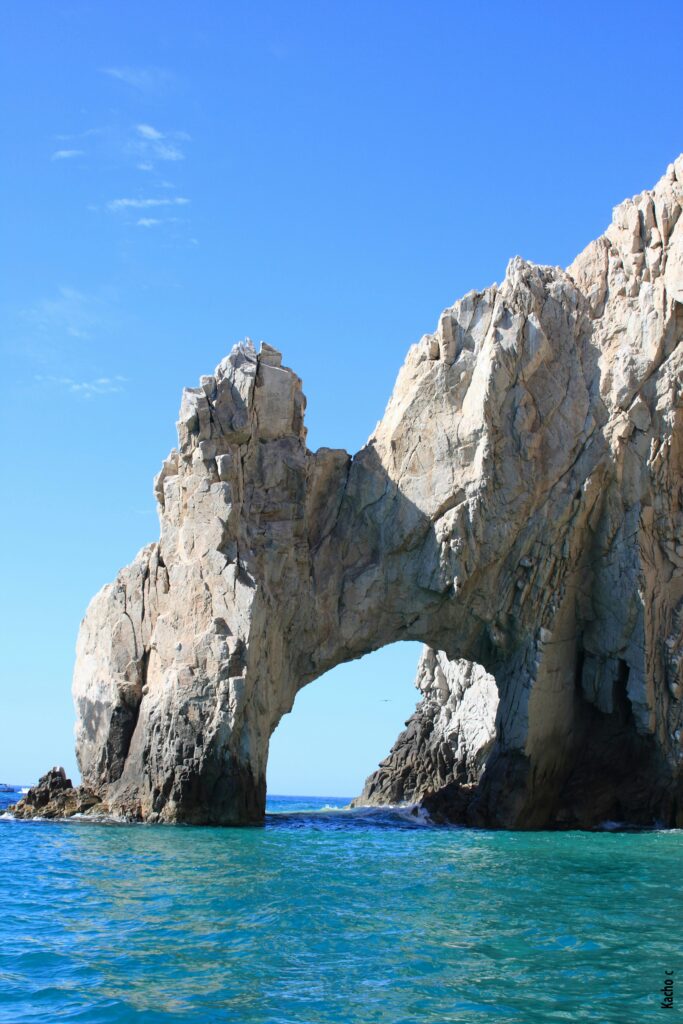
Economic Significance
The Gulf of California generates billions of dollars annually through its thriving maritime industries and recreational activities.
Fishing Industry
The waters of the Gulf support one of Mexico's most productive fishing regions. Commercial fishing operations harvest valuable species like tuna, sardines, and shrimp year-round.
Local fishing communities rely heavily on small-scale operations that provide fresh seafood to regional markets and restaurants. These artisanal fisheries employ thousands of people across coastal towns.
Industrial-scale fishing operations also maintain a significant presence, with modern fleets targeting high-value species for export markets.
Tourism Sector
Nature-based marine tourism has become a major economic driver in the region. Visitors flock to experience unique wildlife encounters, including whale watching, sea lion colonies, and sport fishing.
Coastal resorts and hotels provide thousands of jobs while generating substantial revenue through accommodation and recreational services. Popular activities include:
- Scuba diving and snorkeling
- Sport fishing expeditions
- Whale watching tours
- Beach activities
Tourism operations stretch from Baja California to Jalisco, with concentrated activity in marine hotspots that showcase the Gulf's rich biodiversity.
Travel Tips for the Gulf of California
The Gulf of California demands careful timing and proper preparation to maximize your visit. From seasonal weather patterns to marine activities, specific gear and clothing choices make a significant difference.
Best Time to Visit
Late October through April offers the most pleasant conditions for exploring the Gulf of California. Temperatures typically range between 20°C to 30°C (68°F to 86°F), perfect for outdoor activities.
Summer months bring intense heat and humidity, making outdoor exploration challenging. The water remains warm and clear year-round, ideal for kayaking and marine activities.
Early morning and late afternoon provide optimal times for beach activities and wildlife viewing.
Essential Packing List
Water Activities Gear:
- Snorkeling equipment
- Quick-dry towels
- Waterproof phone case
- Reef-safe sunscreen
- Water shoes
Clothing:
- Light, breathable layers
- Wide-brimmed hat
- UV-protective swimwear
- Light windbreaker
- Walking sandals
Safety Items:
- First aid kit
- Insect repellent
- Reusable water bottle
- Polarized sunglasses
- Dry bag for electronics
Pack lightweight, moisture-wicking clothing that offers sun protection. A good pair of walking shoes proves essential for exploring coastal attractions and rocky beaches.
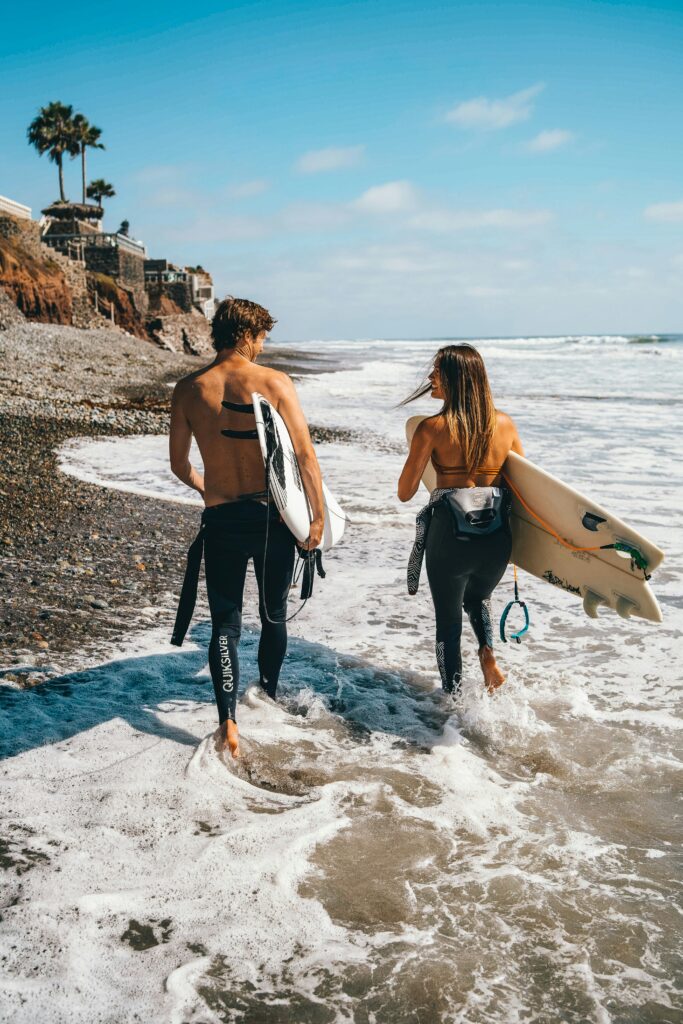
Transportation and Accessibility
Getting around the Gulf of California region is feasible through various transportation options. Major cities like La Paz and Los Cabos have international airports with regular flights from the United States and Mexico City.
Public buses connect most coastal towns, while rental cars provide flexibility for exploring remote beaches and villages. Many visitors opt for private shuttles between popular destinations.
Panama City Beach's accessible travel initiatives serve as a model for coastal destinations. Several Gulf of California beaches offer wheelchair accessibility and adaptive equipment rentals.
Marine transportation includes ferries connecting Baja California ports. Water taxis serve as convenient transport between coastal communities and nearby islands.
For mobility-impaired travelers, many hotels and resorts provide accessible rooms and facilities. Tours and excursion companies increasingly offer adaptive equipment and specialized guides for visitors with disabilities.
Key Transportation Options:
- International and domestic flights
- Public bus networks
- Rental cars
- Private shuttles
- Water taxis
- Ferry services
Best Times for Travel: The most comfortable months for travel are October through April, when temperatures remain moderate and transportation services operate at full capacity.
Culinary Experiences
The Gulf of California offers distinctive coastal flavors and fresh seafood that reflect the region's rich maritime heritage. From small fishing villages to upscale restaurants, visitors can savor locally caught fish, shrimp, and shellfish prepared in traditional Mexican styles.
Valle de Guadalupe's culinary scene pairs local wines with regional dishes, creating memorable dining experiences. The valley's restaurants often feature farm-to-table ingredients and innovative Mexican-Mediterranean fusion cuisine.
Local markets showcase the region's diverse ingredients and culinary traditions. Visitors can find fresh produce, spices, and street food vendors selling traditional Mexican delicacies like fish tacos, ceviche, and grilled seafood.
Popular Local Specialties:
- Fresh-caught fish tacos
- Chocolate clams (named for their brown shells)
- Lobster Puerto Nuevo style
- Sea urchin tostadas
- Local olive oil and artisanal cheeses
Traditional cooking methods like wood-fired grills and underground cooking pits add authentic flavors to regional dishes. Many restaurants offer outdoor dining with views of the sparkling gulf waters.
Small fishing villages along the coast serve the day's catch directly from boat to plate. These modest establishments often provide some of the most authentic and flavorful seafood experiences in the region.
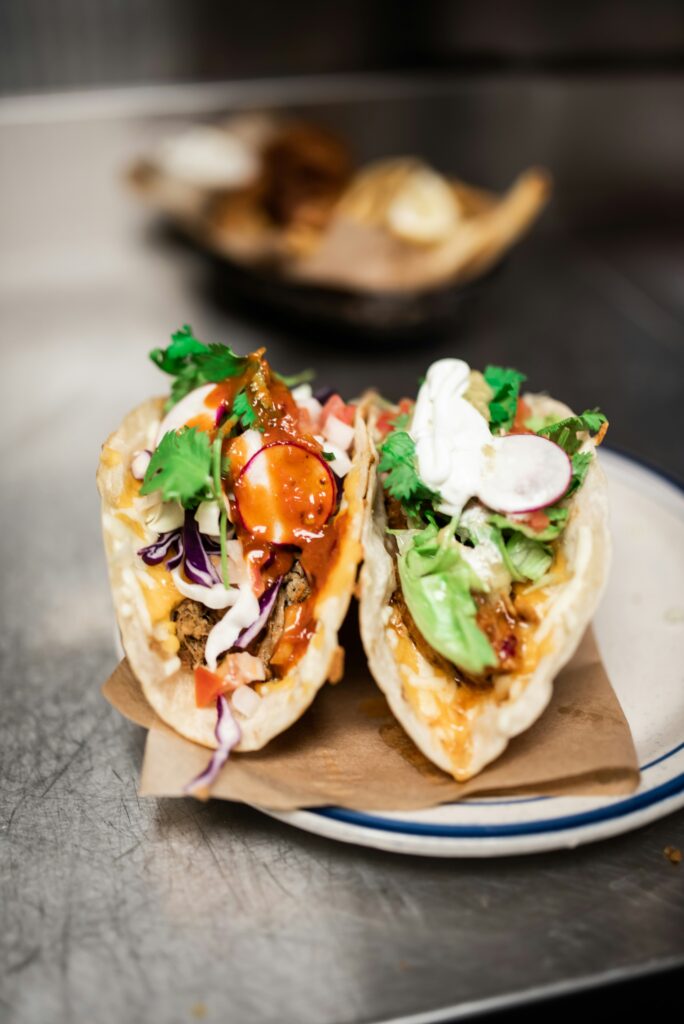
Accommodation Options
The Gulf of California offers diverse lodging choices to suit different budgets and preferences. Hotels near the protected areas start from $37 per night, with many properties offering full refund policies.
Vacation rentals through Airbnb provide stays from $20 per night, allowing visitors to experience local hospitality. These accommodations range from simple rooms to entire homes.
For beach lovers, beachfront properties are available with various amenities including:
- Private pools
- Pet-friendly options
- Luxury facilities
- Ocean views
Hotel rentals combine the comfort of traditional hotels with the flexibility of vacation rentals. Many feature patios and swimming pools, ideal for families or groups.
Popular accommodation areas include San Jorge Island and the Malecon founders area. These locations provide easy access to attractions like El Gran Desierto de Altar and the Pinacate Biosphere Reserve.
Environmental Concerns and Sustainability
The Gulf of California faces significant environmental challenges as one of the most biologically productive regions in the world. Its unique ecosystem includes coastal lagoons, estuaries, marshes, and hundreds of islands supporting diverse marine life.
Human activities pose increasing threats to this delicate environment. The extensive coastline encompasses various landscapes including streams, wetlands, valleys, and deserts – all of which require protection from development pressures.
The region's important fishing industry impacts marine resources. Sustainable fishing practices are essential to maintain both the ecosystem and local livelihoods.
Key environmental challenges include:
- Coastal development
- Overfishing
- Water pollution
- Habitat destruction
- Climate change impacts
Conservation efforts have increased in recent decades. The Mexican government designated the Gulf as a priority area for marine resources, implementing protective measures for coastal ecosystems.
Visitors can support sustainability by:
- Choosing eco-friendly tour operators
- Following marine wildlife viewing guidelines
- Reducing plastic waste
- Supporting local conservation initiatives
- Respecting protected areas


